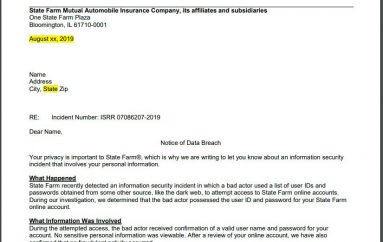
AI for Fraud Detection to Triple by 2021
The use of AI fraud detection is predicted to triple by 2021, according to a new study from the Association of Certified Fraud Examiners (ACFE), developed in collaboration with SAS.
The Anti-Fraud Technology Benchmarking Report assessed data from more than 1000 ACFE members regarding their organizations’ use of tech to fight fraud, discovering that while only 13% of businesses currently use AI and machine learning to detect/deter fraudulent activity, another 25% plan to do so in the next year or two.
Other key findings discovered that 26% of organizations are using biometrics as part of their anti-fraud programs, with another 16% expecting to deploy biometrics by 2021, while more than half of respondents (55%) plan to increase their anti-fraud tech budgets over the next two years.
“As criminals find new ways to exploit technology to commit schemes and target victims, anti-fraud professionals must likewise adopt more advanced technologies to stop them,” said Bruce Dorris, JD, CFE, CPA, president and CEO of the ACFE. “However, which technologies are most effective in helping organizations manage rising fraud risks? The answer to this question can be crucial in successfully implementing new anti-fraud technologies.”
Laurent Colombant, continuous controls and fraud manager at SAS, added: “The tools available for fraud prevention are now more intelligent than ever. We’re no longer restricted to merely reacting to fraud after it happens – with the right AI-enabled tools in place, anti-fraud teams can now begin to intelligently predict potential danger spots and flag up early warning signs to ensure efforts are co-ordinated and effective.
“The emergence of AI, machine learning and predictive modelling is helping investigators to pre-emptively detect fraudulent activity, allowing them to stay ahead of the increasingly sophisticated techniques being employed by criminals.”
This post AI for Fraud Detection to Triple by 2021 originally appeared on InfoSecurity Magazine.





